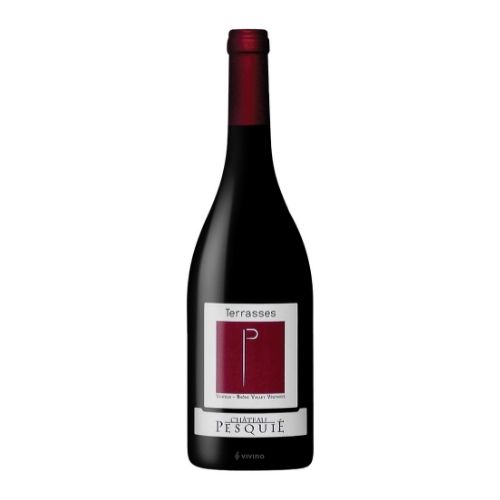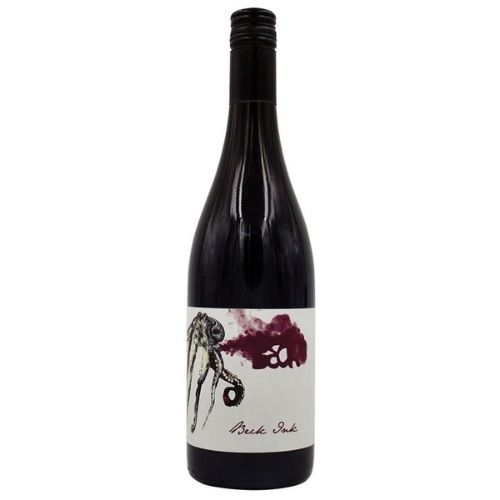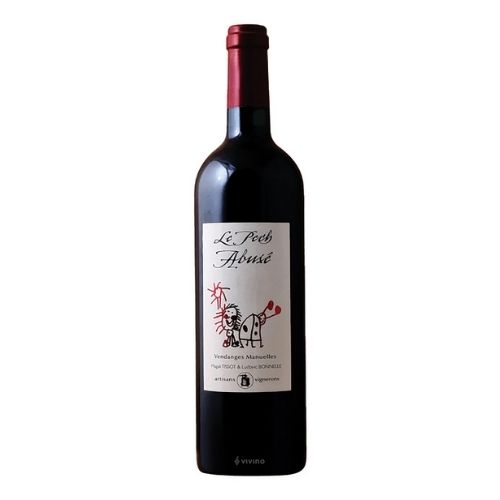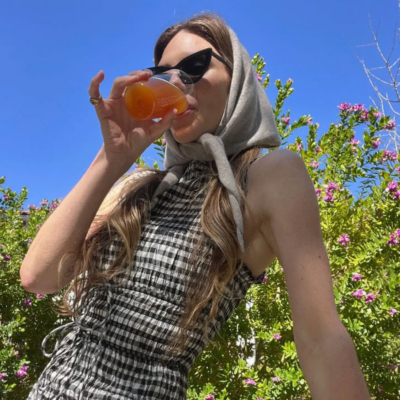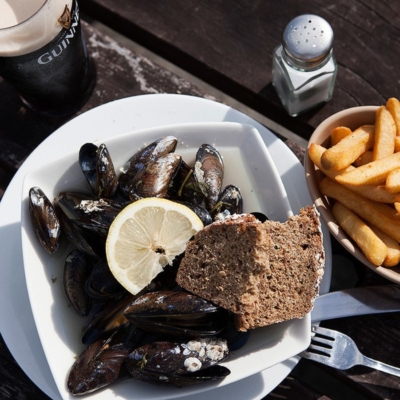Biodynamic, organic and natural wines are becoming increasingly popular, yet that which defines them remains a little hazy, Wine Editor Julie Dupouy explains …
We have all stopped to appreciate the incredible beauty of the moon on a clear night, beaming bright, humbly guiding our circadian rhythms. The mysterious influence that the moon exerts over life on earth deserves more than just a moment of appreciation. The tides, and the migration and the reproductive cycles of our wildlife are all shaped by the moon’s power. Is it really beyond imagination that our tipple of choice bears the moon’s thumbprint as it swirls in our glass?
In 2009, I attended the “Renaissance des Appellations”, a wine fair dedicated to biodynamic producers. Sip after sip, I experienced the intangible magic of wines produced under biodynamic principles. The wines were humming with energy. The wines were alive.
Restaurants, wine bars and wine shops throughout Ireland sell growing numbers of wines based not only on their grape varieties and origins but on their methods of production. Biodynamic, organic and natural wines are becoming increasingly popular, yet that which defines them remains a little hazy.
In the early 1920s, as advances were being made in industrial agriculture, farmers were noticing a decline in the overall health and fertility of their soils. Rudolph Steiner, an Austrian scientist and philosopher, was asked to shed some light on the deteriorating ecosystems. Steiner’s findings opened the gateway to biodynamic farming and a small number of winemakers began to experiment in their vineyards. They have since been joined by hundreds more. Biodynamic viticulture promotes an organic and holistic approach which considers the Earth a living organism that needs regeneration to preserve harmony and balance.

Biodynamic farmers use preparations of natural compost, plant teas, cow manure and silica, administered to the soil at precise times during the lunar cycle. Each of these biodynamic preparations are identifiable by a numerical code such as 500, 501, etc. For years biodynamic farming was considered a sort of witchery, even being outlawed, in Germany, in 1941. These codes were assigned, following the ban, in an effort to conceal the practices from the German authorities.
Numerous scientific studies have proven the benefits of biodynamic farming. They include vast improvements in micro-organism population, biodiversity, and the ability of vines to defend themselves during periods of unfavourable weather or pest pressure. Many of the most sought-after wines in the world are produced following these principles.
Certified organic wines carry logos such as “AB” or “Ecocert”. Organic production prohibits the use of synthetic herbicides, fungicides, and insecticides in the vineyards. However, it is worth noting that other permitted additives do outnumber those under biodynamic production.
Currently, only about twelve per cent of European vineyards are certified organic with Spain, Italy and France leading the way. In France, viticulture represents approximately three per cent of the farmed land, yet uses around 20 per cent of all agricultural pesticides in France. A growing number of consumers feel at ease knowing they are side-stepping such concentrations of additives when buying organic wine.
So, what are natural wines? Natural wines should be fully organic and with nothing at all added to them, just fermented grape juice, aged, then bottled. Sulphur, the provocative subject within natural wine conversations, is a natural by-product of fermentation and is therefore always present, even if labelling suggests otherwise. However, the term natural wine remains undefined in all countries other than France which finally introduced criteria for “vin méthode nature” in 2020. Outside France, lack of sufficient parameters leaves the door open to tick most of the boxes yet have a safety net to bail out should the harvest dictate. These winemakers enjoy all the benefits of advertising “natural” wine, without the pesky inflexibility of legislation.
In capable hands, the wines display an incredibly pure expression of the grape varieties used and the terroir from which they were plucked, with a subtle, yummy and intriguing, fermented character which keeps the palate salivating. In the “too natural” category, the wines exude a funk beyond funk. The lack of intervention to protect the wine against oxygen exposure can lead to some pretty gnarly juice, a wine void of the bright, charming fruit character that all other vinous pleasure stems from.
Curiously, not all wines produced following the principals of biodynamic, organic or natural are labelled accordingly. If you are looking to dabble, your local wine shop will happily guide you.
I have been an unwavering convert since that day in 2009, seeking out wines of minimum intervention ever since. When I reflect on the wines that remain most vivid in my mind since that time, there is a common thread, an extra dimension, open to anyone willing to tune in to the frequency.
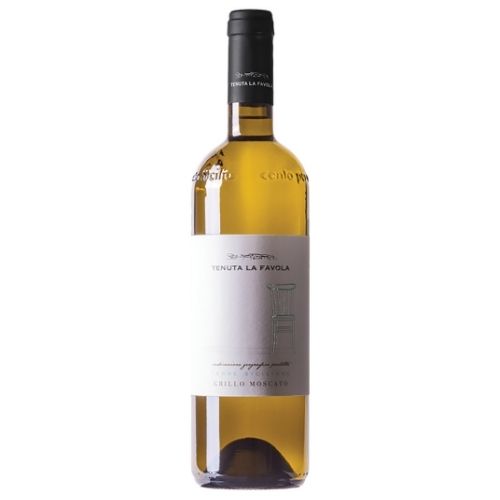
ORGANIC WINE
Tenuta la Favola Blanco Grillo Moscato, Sicily, Italy €22; Fallon & Byrne, Dublin 2.
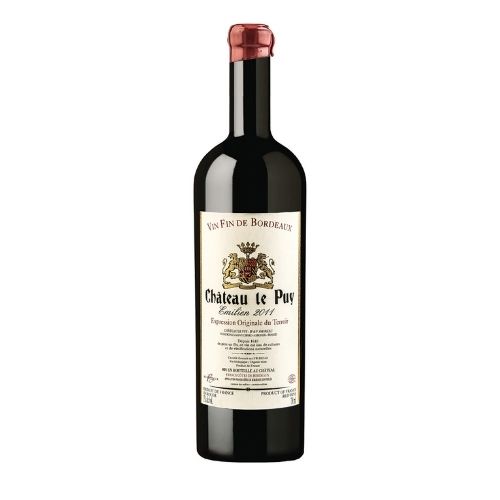
BIODYNAMIC WINE
Bordeaux Côtes des Francs, Châteaux Le Puy, France. €47; Greenman Wines, Dublin 6W.








